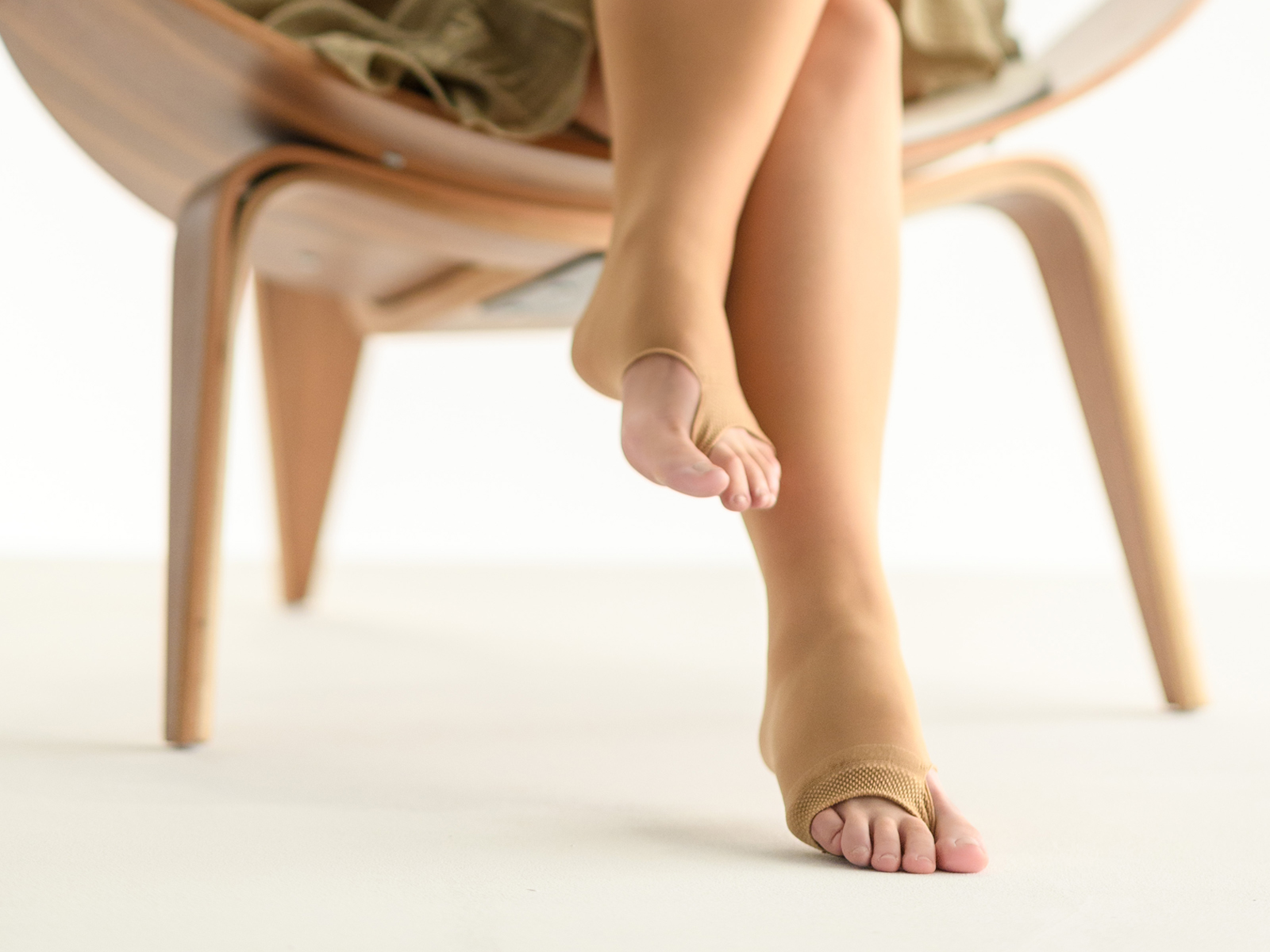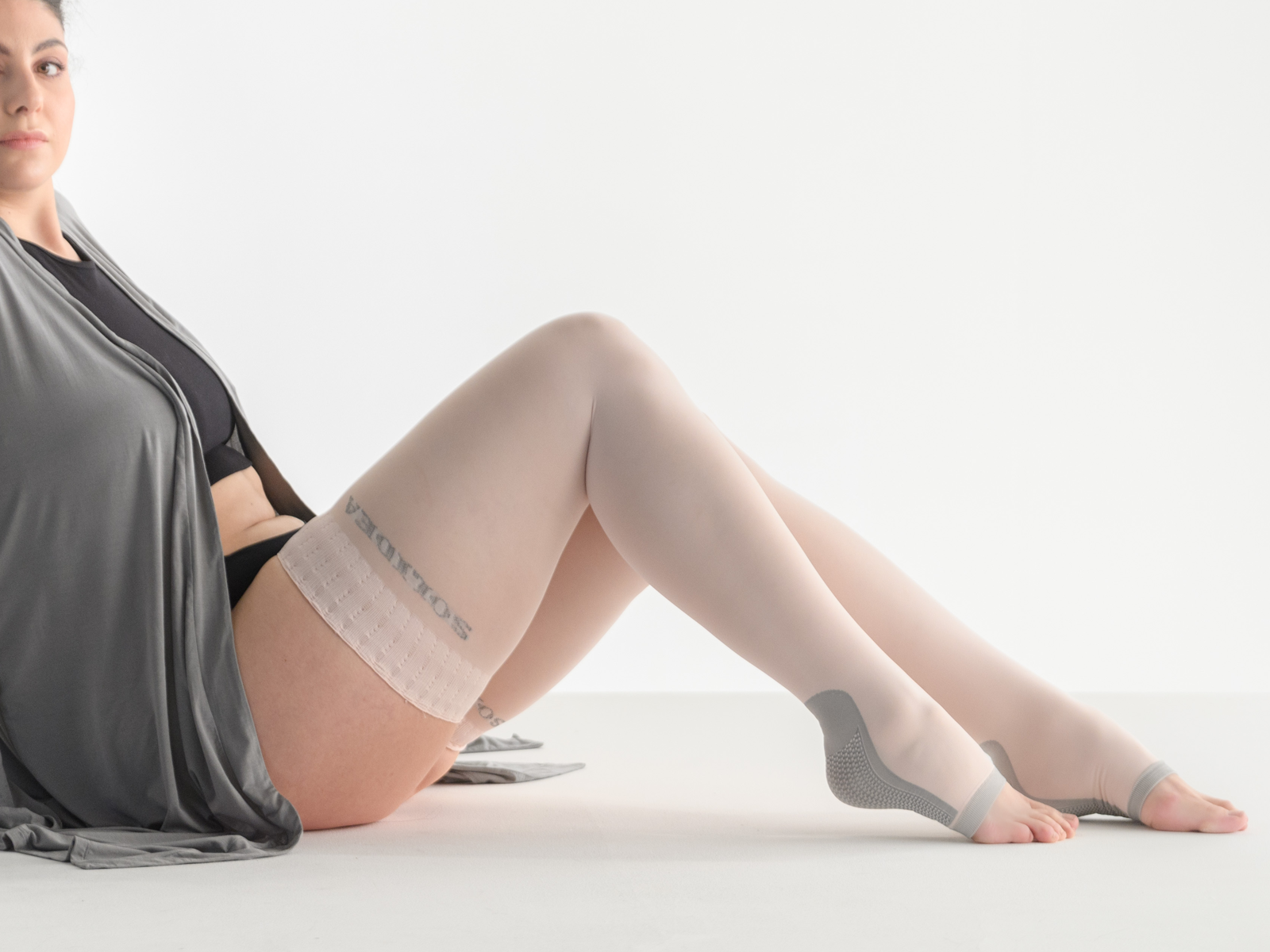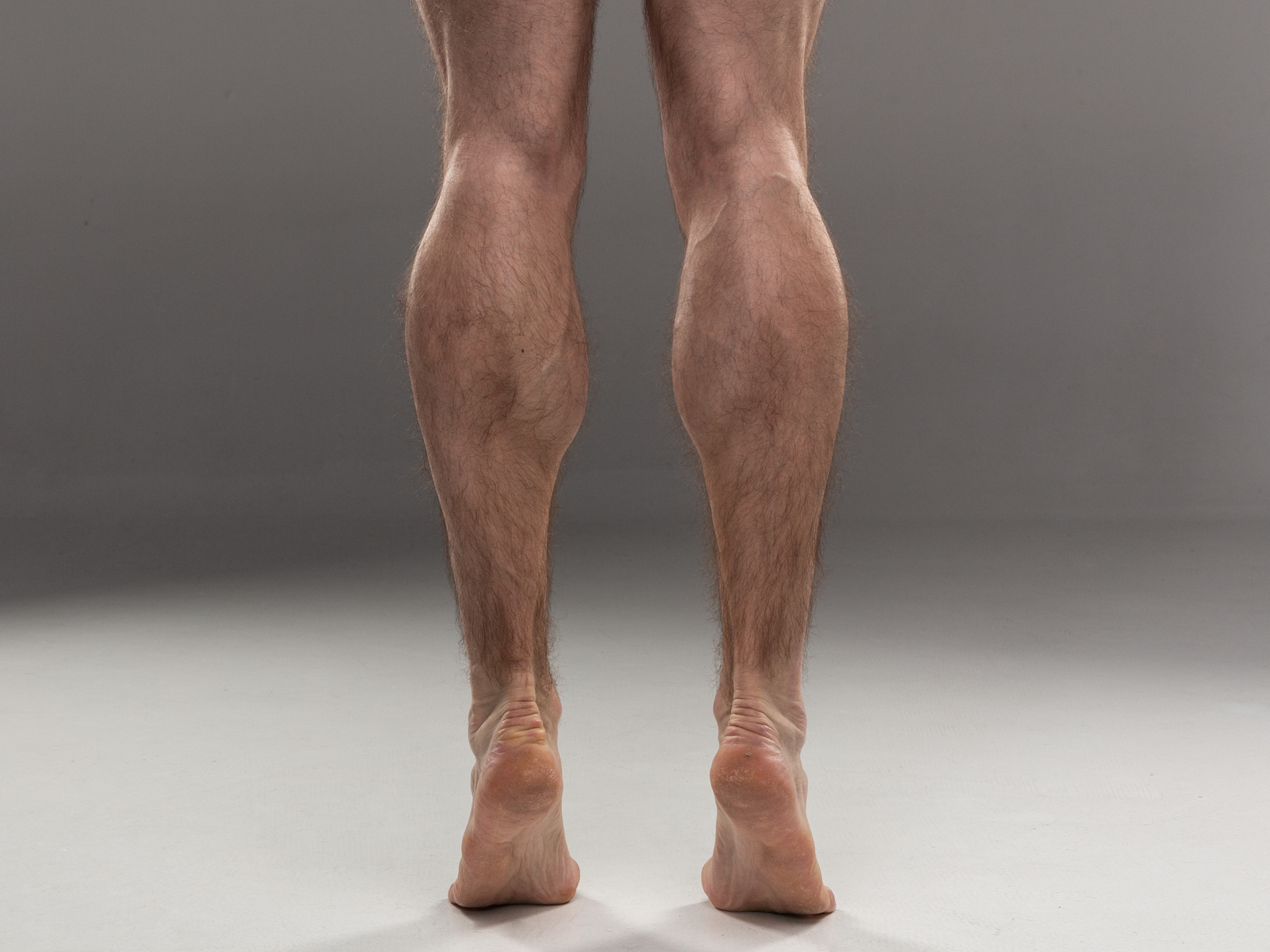Welcome dear reader! Today we are going to focus on the world of cellulite, gaining an insight into its different grades, the associated symptoms and the treatments to deal with it. Cellulite is a widespread dermatological condition that affects many people, so in order to treat it effectively it is essential to achieve thorough knowledge.
Cellulite is a disease characterized by skin irregularities, holes and nodules, which are often noticeable on the thighs, in the gluteal region and in other areas of the body. It is caused by the uneven distribution of subcutaneous fat and the tension of the underlying connective tissues. Adipose cellulite implies "orange peel" skin texture. To be aware of its grades and symptoms it is essential to cope with it effectively.
- What is the difference between cellulite and fluid retention?
- What are fibrous cellulite and sclerotized cellulite?
- What are cellulite grades?
- When does cellulite become irreversible?
- Is cellulite harmful?
What is the difference between cellulite and fluid retention?
Cellulite and fluid retention are two conditions featuring significant differences. Cellulite is a disease characterized by skin irregularities, holes and nodules due to an altered distribution of subcutaneous fat and tight connective tissues, often leading to "orange peel" skin.
Water retention is conversely provoked by the excessive accumulation of liquids in the tissues, without the skin irregularities typical of cellulite. In terms of treatment, as they are due to different causes, these two conditions require distinct tratments. To identify cellulite, inspect carefully a few skin regions such as your thighs, buttocks and abdomen, where surface irregularities, holes and nodules are noticeable.
In case you suspect that you suffer from cellulite or experience symptoms such as slight pain or unease, it is advisable to consult a physician for an accurate diagnosis and a specific therapeutic path.
What are fibrous cellulite and sclerotized cellulite?
The differences between edematous cellulite, fibrous cellulite and sclerotized cellulite mainly concern their severity and physical characteristics.
Edematous cellulite: it is the most common type of cellulite and is characterized by superficial irregularities, holes and skin nodules. Orange peel-like pitting occurs, however it is usually not associated with excessive hardening of the subcutaneous tissues. Edematous cellulite is generally the least severe and can be cured resorting to a variety of treatments, including dietary changes, exercise, and local therapies.
Fibrous cellulite: this type is more severe and features an increase in the size of the fibrous connective tissue around the adipose nodules. This makes cutaneous fat distribution in the skin even more diproportionate and may be accompanied by feelings of tension and pain. Fibrous cellulite is more difficult to treat than the edematous condition, however options such as manual lymphatic drainage, massage and laser therapies are available.
Sclerotized cellulite: it is the most advanced and serious form of cellulite. In this case, the connective tissue becomes even stiffer, the skin appears wrinkled and is often associated with greater unease. Sclerotized cellulite often requires more intensive treatments, such as therapies or surgical intervention.
What are cellulite grades?
Below, you find the main grades of cellulite along with the relevant definitions:
- Grade 1 cellulite: Grade 1 edematous cellulite is characterized by a minor skin irregularity. The skin may appear slightly wrinkled or have small holes that are only visible when the area is pinched.
- Grade 2 cellulite: At this stage, cellulite becomes more noticeable and Fibrous cellulite is diagnosed. More visible subcutaneous nodules form, and orange peel-like pitting appears when the skin is pinched.
- Grade 3 cellulite: Soft sclerotized cellulite. The connective tissue may be even stiffer than in the fibrous condition, anyway the skin may appear less wrinkled compared to the advanced sclerotized stage.
- Grade 4 cellulite: This is the most severe cellulite stage and is called sclerotized (advanced) cellulite. The skin features larger, protruding and deeper nodules. Orange peel-like pitting is clearly noticeable even at rest and may lead to pain in addition to unease.
Do not hesitate to consult a specialist physician for a thorough diagnosis and a customized therapeutic path in case of cellulite.
When does cellulite become irreversible?
Cellulite becomes irreversible when it has reached an advanced stage with extremely stiff connective tissue, noticeable nodules and wrinkled skin. At this stage, conventional treatment options may be less effective. However, it is important to note that even in advanced stages, treating cellulite can still improve the appearance of the skin.
Signs of a severe form of cellulite include rigidly hardened connective tissue, extremely noticeable nodules and wrinkled skin. When cellulite reaches this point, it can be considered more difficult to treat and often requires more advanced therapies. To identify these signs is critical so as to assess the severity of the condition and determine the most effective therapeutic path.
Is cellulite harmful?
Many people wonder if cellulite is harmful, however the answer depends on many factors. The degree of pain or unease can vary from from one individual to another and may depend on the severity of the cellulite and individual sensitivity. Some people may feel no pain, while others may feel a slight sensation of tension or complaint.
In case of pain it is recommended to get advice from a physician.
If you decide to tackle cellulite, even at an initial stage, rely exclusively on health professionals as regards diagnosis, diet and training.






